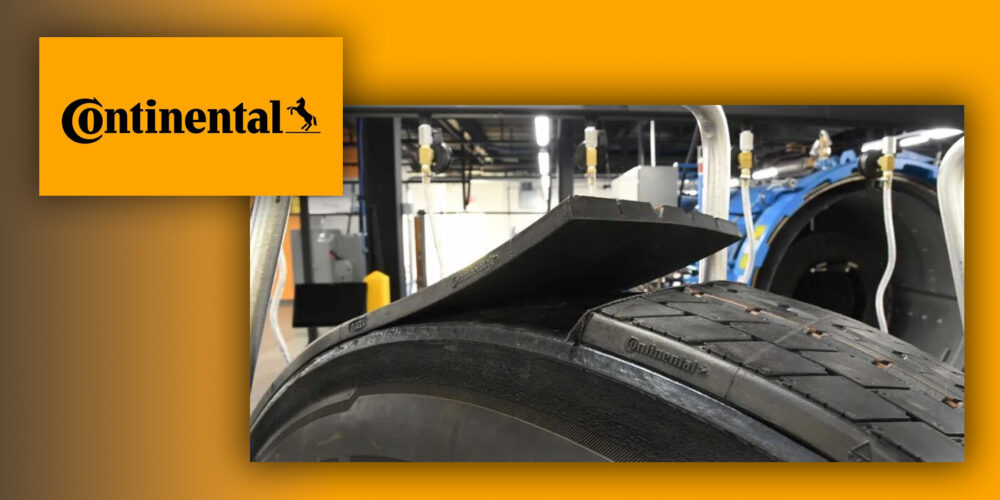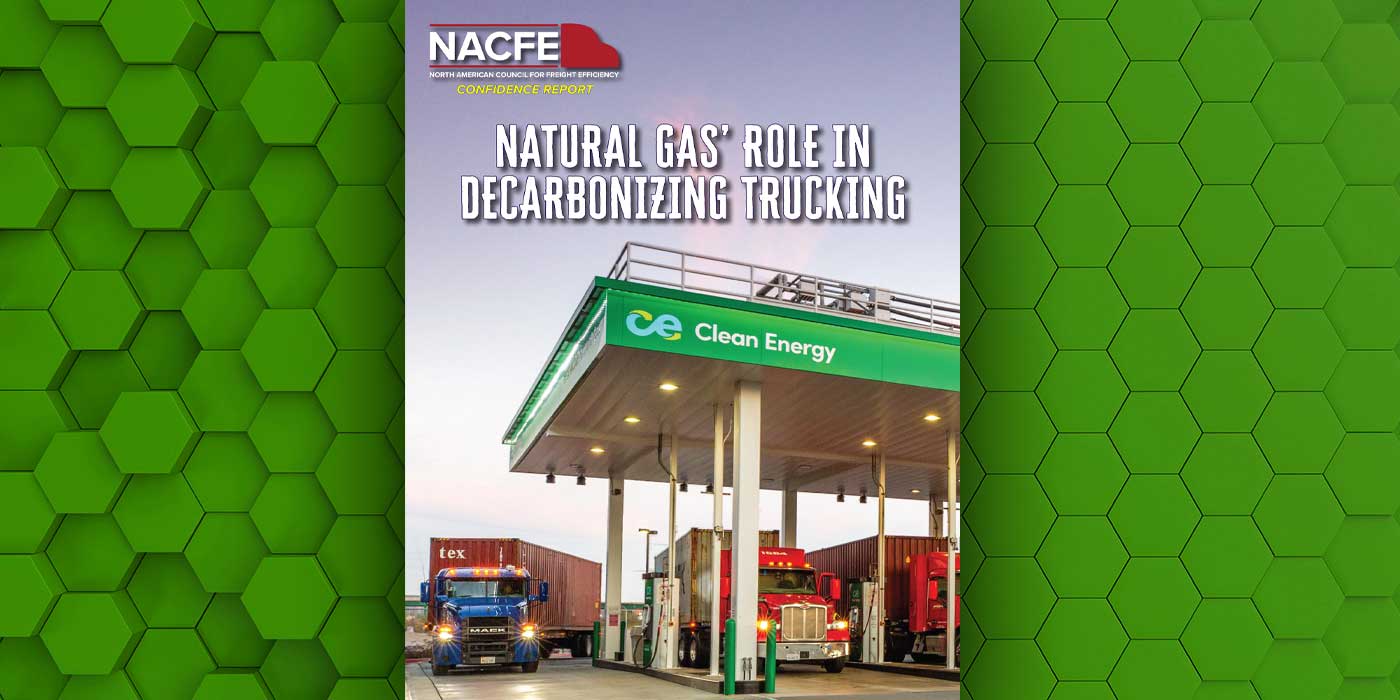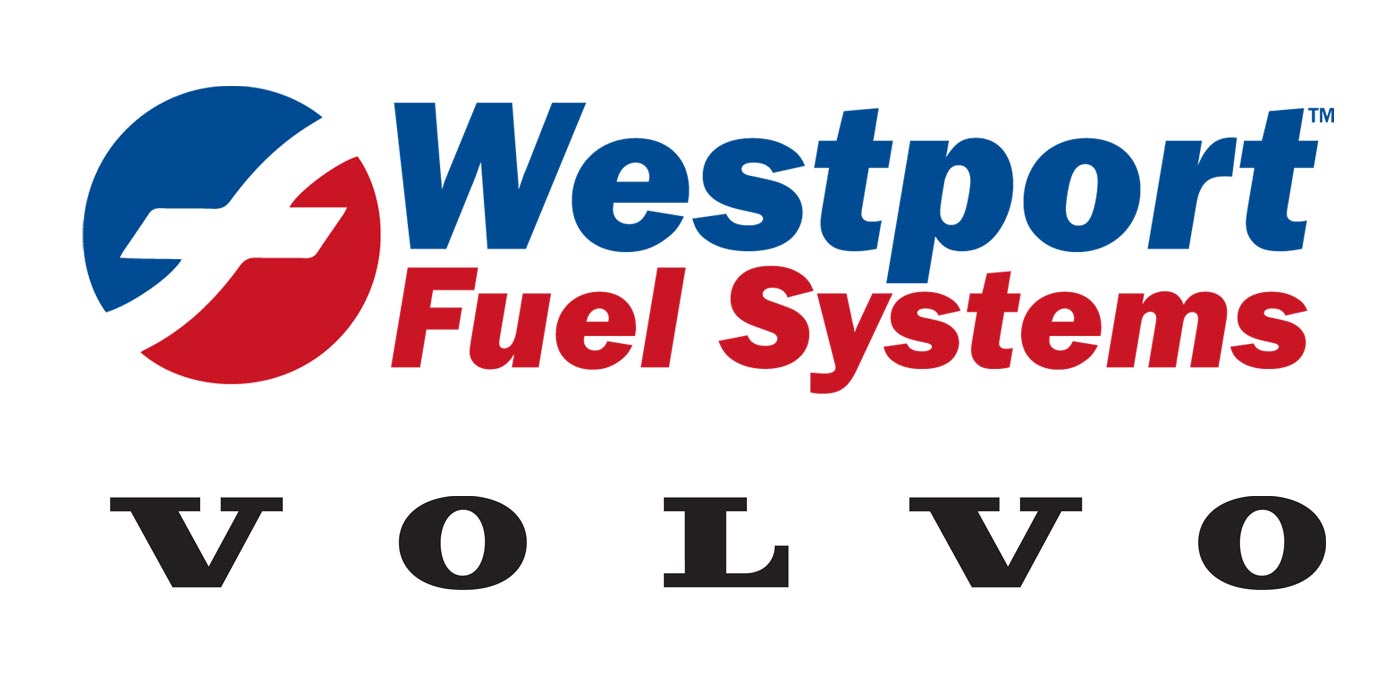I just returned from the National Hot Rod Reunion in Bowling Green, Ky. To get there, I traveled through some of the most fertile soil in America: The Mississippi River bottom in the
Missouri “boot heel.” This land used to be planted in cotton as far as the eye could see. But we lost the textile business to foreign competition years ago. Recently, this land was planted in soy beans to support biodiesel fuels.
However, I noticed the land was planted in corn. The corn/agriculture lobby has been asking the government to approve E15 fuel because they wanted to grow their business and investment. If so, why is so much corn already being planted?
Upon my subsequent analysis, the real situation is that ADM and the farmers are actually exporting substantial corn ethanol to Brazil, Canada and India with the help of U.S. government subsidies (that’s our tax dollars). Ethanol production has increased steadily from 800,000 to more than 1 million barrels per day since 2013. I was very upset to learn this.
Isn’t the Renewable Fuels Association supposed to be concentrating on cellulosic ethanol? Doesn’t the corn lobby constantly tell us how ethanol is helping ensure America’s energy independence? Really?
I think the Renewable Fuels Association, “Big Ag” and the farm lobby aren’t being completely honest with us. I thought ADM would be more responsible after their conviction for fraud years ago. Oh well, I guess I was wrong.
Want more insight from John Martin? Click here to see all of his columns.
The thing that is most disturbing is that this corn planting utilized valuable land which might have been used to support biodiesel fuels—a much better choice for a substantial alternate fuel.
Biodiesel doesn’t adversely affect fuel economy nearly as much as ethanol does, and that means reduced GHG emissions. I know the ethanol marketers claim otherwise, but they’re not letting the facts get in the way of a good sales pitch.
Ethanol (cellulosic, not corn-based) does have its applications, but that doesn’t mean we should allow it to be used indiscriminately. Alcohols do have higher octane numbers than gasoline or diesel fuel, but if sufficient ethanol is used to enable engines with higher compression ratios, the net result is higher emissions and similar fuel economy.
Gasoline has an energy content of 47.1 MJ/kg while ethanol provides only 26.8 MJ/kg of energy. Every point increase in engine compression ration results in an approximately 4% to 5% gain in efficiency. I calculate that one needs 15% to 20% corn-based ethanol to enable a 1% increase in compression ratio, thereby improving engine efficiency by 4%. But the fuel economy loss is about the same.
The difference is after much more expensive engine R&D, we will still have seal issues, and we will be dependent on engine knock sensors not retarding ignition timing. As we all know, retarding timing kills fuel economy. I vote to spend my tax dollars on something with more potential payback like gaseous fuels or fuel cells. I do not like the idea of spending my tax dollars to make ADM richer.
Kudos to UPS. They are experimenting with a fuel-cell-powered class 6 P&D vehicle in Sacramento, Calif. This prototype fuel cell electric vehicle (FCEV) will be evaluated to see if it can change the batteries sufficiently to allow a range of 125 miles. This program, done in conjunction with the DOE, uses a 32KW fuel cell to help maintain the charge in a 45 KW battery storage system. This is forward-thinking R&D. Keep up the good work.














